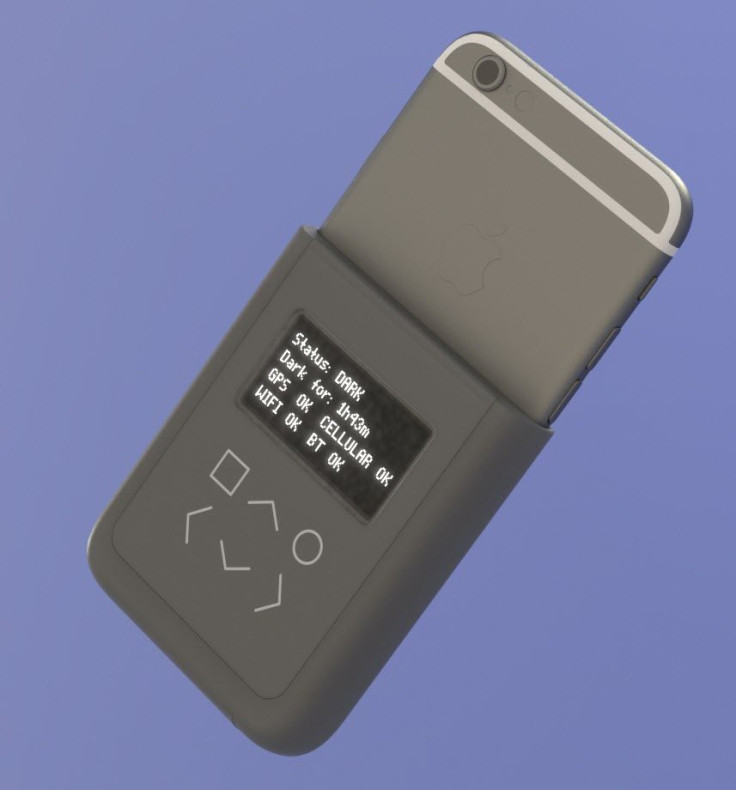Edward Snowden may be exiled in Russia, but he isn’t just lying around. The former U.S. spy agency contractor and whistleblower has been working with renowned hardware hacker Andrew "Bunnie" Huang to develop a solution to the smartphone radio surveillance issue which caused Snowden to request reporters refrigerate their cell phones during one of his infamous NSA leak sessions. Refrigerating the devices blocked any radio signals the phones might be transmitting, hampering any outsider attempts to remotely activate the devices’ microphones or cameras and eavesdrop on the conversation.
While the refrigeration method is effective, chances are not everyone who needs such protection will have a refrigerator handy. But Snowden is passionate about individual rights to privacy and devoted to freedom for journalists, whistleblowers and activists alike to share information safely and effectively no matter the situations they find themselves in. It is for this reason Snowden and Huang have developed a new case-like device that would ensure iPhone radio signals aren’t being intercepted and information leaked.

On Thursday, at the MIT Media Lab, Snowden and Huang presented their designs for the case-like device they have created. According to WIRED, the device wires into the iPhone’s core hardware to monitor electrical signals sent to its internal antennas. The device would constantly check whether the iPhone’s radios are transmitting signals.
Though all cell phones provide an “airplane mode” which theoretically does the same thing, there have been cases where the airplane mode on a target’s phone has been hacked and spoofed. Snowden and Huang’s device, if successfully developed, would offer better privacy solutions than are currently available for iPhone users.
While not everyone is in need of such sophisticated privacy-ensuring tools, for those who need protection from government-funded adversaries such as reporters working in hostile countries, the device could be a lifesaver.
“One good journalist in the right place at the right time can change history,” Snowden told the MIT Media Lab crowd via video stream. “This makes them a target, and increasingly tools of their trade are being used against them.”
Additionally, Huang told WIRED , “overseas, in Syria or Iraq... those [governments] have exploits that cause their phones to do things they don’t expect them to do. You can think your phone’s radios are off, and not telling your location to anyone, but actually still be at risk.”

“Our approach is: state-level adversaries are powerful, assume the phone is compromised,” said Huang. “We want to give a you-bet-your-life assurance that the phone actually has its radios off when it says it does.”
The device is meant to provide even more security than a Faraday bag, which can block electrical signals but not sound. Beyond that, Snowden hopes that the device will also provide a way to detect more of the kinds of stealthy attacks methods governments are using for surveillance purposes.
“If we can start to use these devices as a kind of canary to identify when these phones have been compromised…we can detect that these phones are breaking the rules and acting in unexpected ways,” Snowden said during the presentation. “We can begin affecting the risk calculation of the offensive actors in these cases.
But while Snowden and Huang have presented their design to the world, at this point, there’s still quite a lot of work to be done. The two have been busy testing their methods and have produced a whitepaper detailing their techniques, but have yet to build a prototype. The hope is that a prototype can be built within the next year.
To keep their process transparent, they have decided to keep the device’s hardware design and code completely open-source.
You can read Snowden and Huang’s full paper on their iPhone “introspection engine,” here.


















